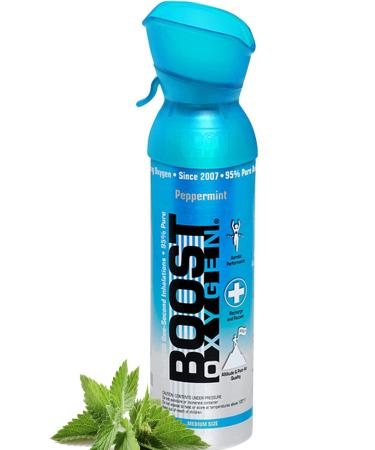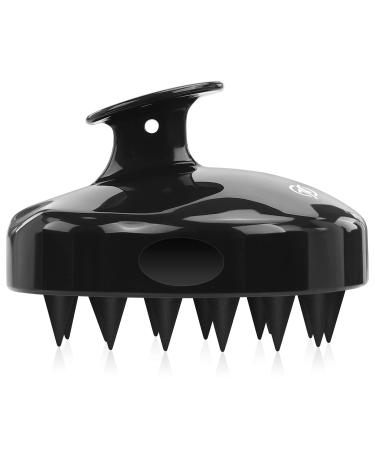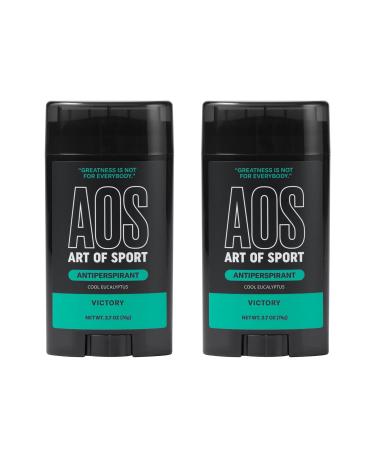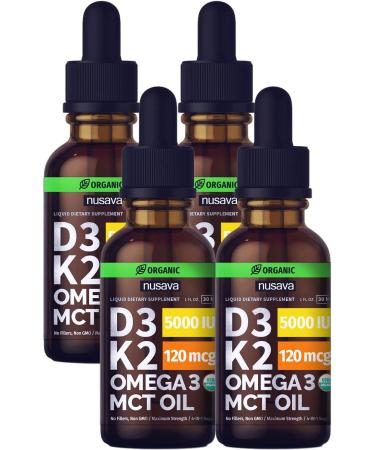Shilajit comes from the Himalayas—specifically from the rich environment created through organic materials caught up in the Earth's tectonic shifts over time. "These decaying plants were gradually transformed into humus, a rich organic mass that is food for new plant life, and eventually, due to microbial action and the tremendous pressure from the weight of the mountains, the humus was transformed into a dense, mineral-rich substance—shilajit,"
Shilajit may be stored at room temperature. However, on hot days it may melt; therefore, you may keep it refrigerated. Please note that refrigerated shilajit may turn harder while it is cold, and softer while it is warm. We recommend storing all shilajit mixtures refrigerated.
As being a mineral food supplement, it has an expiration date of about three years from the date of opening. However shilajit isn't going to expire by that time, actually considering it had been in the mountains for hundreds years. The expiration date is perhaps limited only by the shelf life of packaging. If you have Shilajit packed in a glass container, as we do, you can expect it to last for many years.
Liquid shilajit may sometimes dry out, so you may need to add a few drops of clean water to compensate for the moisture evaporation. Liquid Shilajit is heavier than water and very dense so please store the container in an upright position. Do not overturn the jar to avoid leaks. In case the cap is stuck to the container, place the jar under the hot water and then try to open it again. Protect shilajit from direct sunlight. Should dry overflow jam the lid, place in warm water to loosen again.
Tap water is most likely chlorinated. Chlorine is a chemical that appears to react with other molecules quickly. It can form some toxic substances when mixed with shilajit or other organic supplements. Therefore, instead of using tap water, it is advised that you utilize distilled, spring, reverse osmosis or active charcoal carbon filtered water.



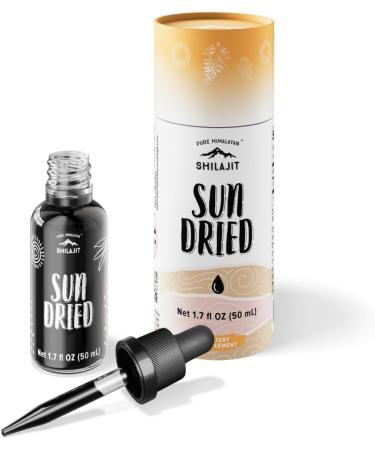

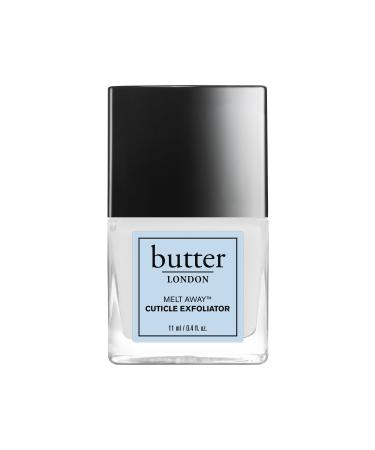
![Stewart Freeze Dried Dog Treats Made in USA [Single Ingredient Puppy and Dog Training Treats - Grain Free Natural Dog Treats] Resealable Tub to Preserve Freshness - Buy Online on GoSupps.com](https://www.gosupps.com/media/catalog/product/cache/25/small_image/375x450/9df78eab33525d08d6e5fb8d27136e95/6/1/61gwbbixarl._ac_sl1500_.jpg)

